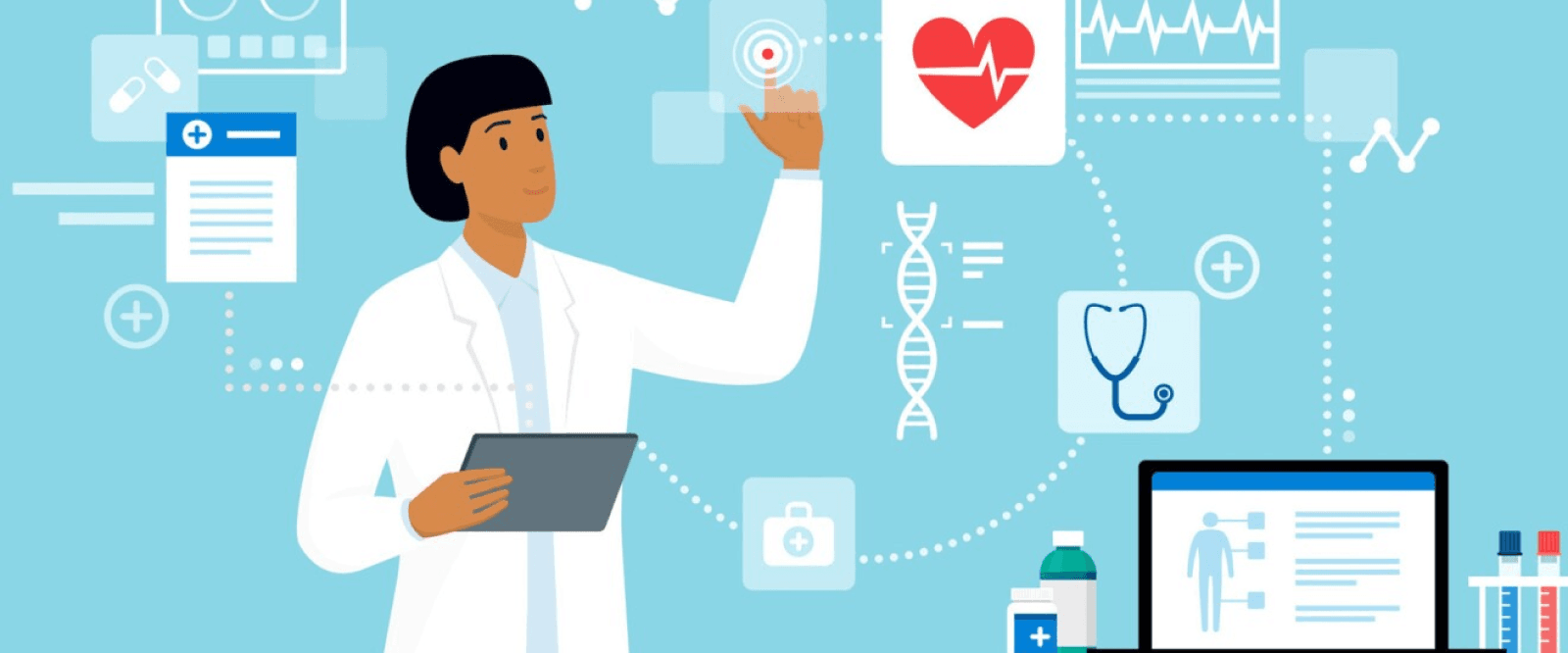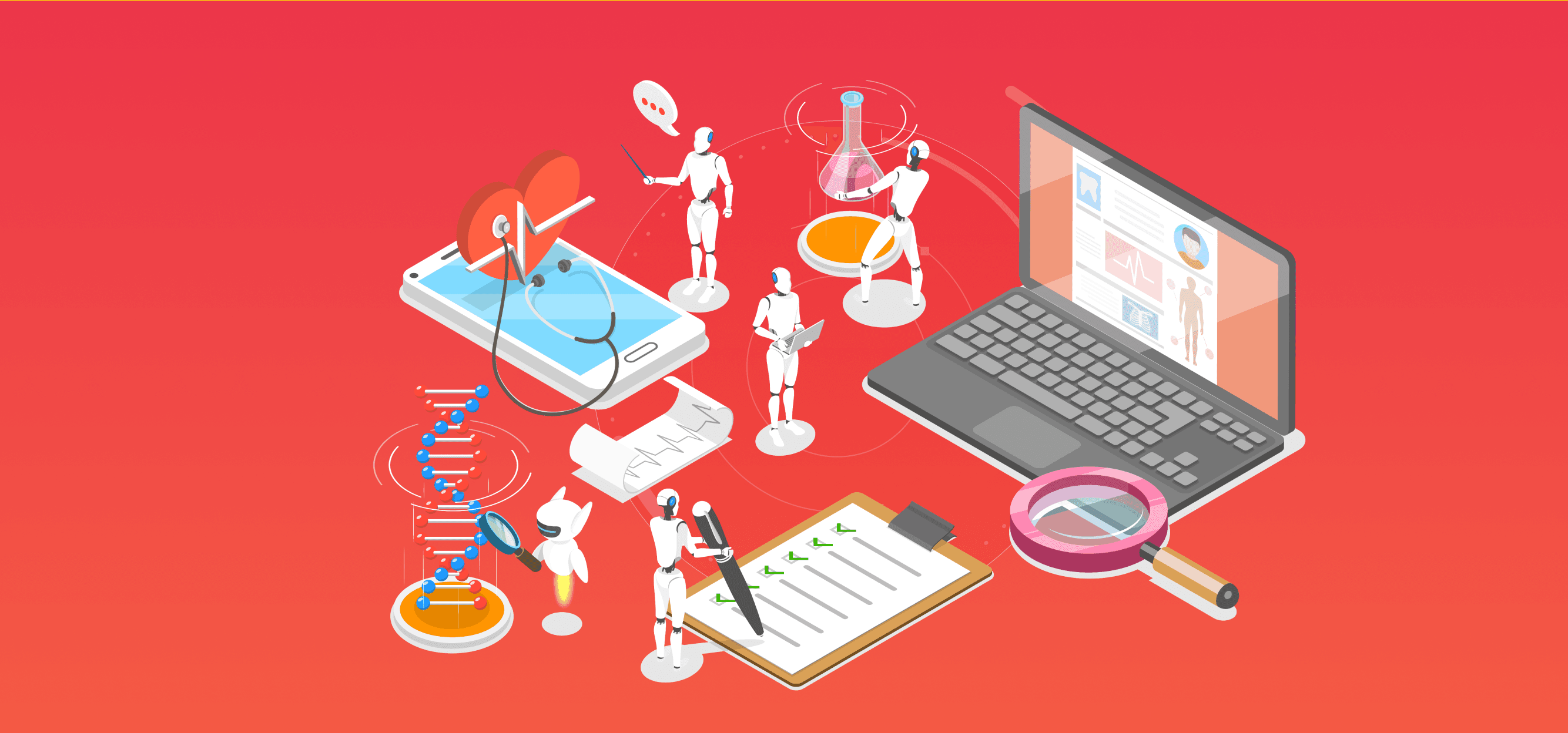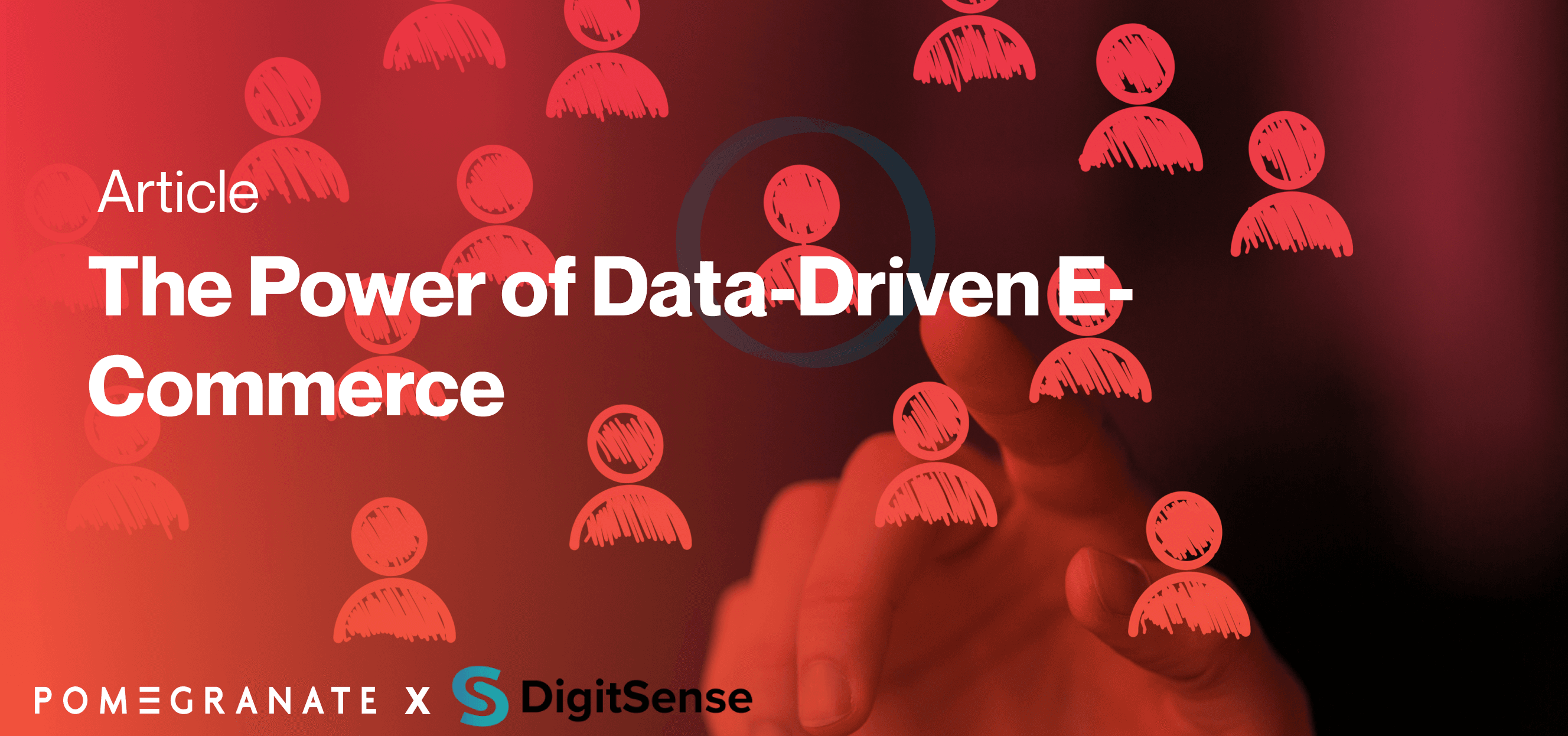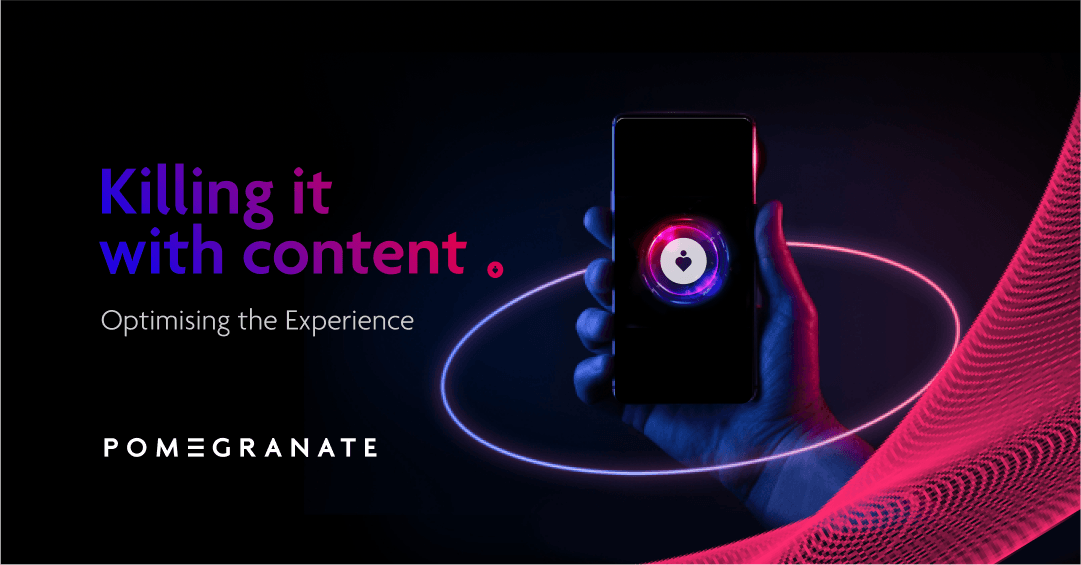Artificial Intelligence (AI) has emerged as a transformative force in healthcare, revolutionising patient care in ways that were once unimaginable. From diagnostics to treatment plans, AI is playing a pivotal role in enhancing efficiency and outcomes. However, the successful integration of AI in healthcare relies heavily on User Experience (UX) design, ensuring that these technological advancements align seamlessly with the needs and expectations of both healthcare professionals and patients.
Enhancing the physicians capabilities

One of the most significant contributions of AI in healthcare is its ability to enhance diagnostic accuracy. Machine learning algorithms can analyse vast amounts of medical data, including images, to identify patterns and anomalies that may escape the human eye. Early advancements in tools such as AI powered conversational interfaces have demonstrated examples of how they could be used in the future for patient diagnostics, improving treatment plans and streamlining administrative tasks.
With thoughtful UX designs, we could see these AI powered tools play a key role in ensuring administrative interfaces are efficient and user-friendly, minimising the risk of errors and improving overall workflow. Similarly, in diagnostics these AI tools would enable the physician to quickly and efficiently analyse, digest and personalise medicine to facilitate informed decision-making for individual patients.
We spoke with Philipp Streicher, PhD in Cognitive Science, Head of Data Science at Pomegranate who added,
“The chatbot could point out areas of concern in the scans, cite relevant research papers that support the model's predictions, and provide suggested next steps like additional testing or potential treatment plans. If the doctor agrees with the assessment, the chatbot could automatically fill out the paperwork to schedule the recommended diagnostic test.
This type of friendly, collaborative interaction allows the AI technology to flexibly fit into the doctor's workflow rather than disrupt it.”
AI-powered diagnostic tools are not meant to replace healthcare professionals but to augment their capabilities, providing faster and more accurate assessments. This is where UX design steps in, ensuring that these tools are intuitive, user-friendly, and integrate seamlessly into existing workflows.
Enhancing Patient Engagement

Patient engagement is a critical aspect of modern healthcare, and AI can contribute significantly to this by providing personalised health information, reminders, and even virtual health assistants. Speaking to how this could develop with a conversational interface tool Philipp Streicher PhD said,
“a patient portal chatbot could answer questions about the diagnosis and relay information back to the care team, creating a positive experience for the patient as well.”
UX design becomes paramount in creating patient-facing applications that are not only informative but also accessible and engaging. From user-friendly mobile apps to interactive websites, a well-designed UX ensures that patients can easily navigate and utilise these tools to manage their health effectively.
Challenges and Ethical Considerations

While the integration of AI in healthcare brings about numerous benefits, it is not without challenges. Issues such as data privacy, bias in algorithms, and ethical considerations must be addressed. UX designers need to work closely with healthcare stakeholders to develop interfaces that prioritise transparency, user consent, and ethical use of AI technologies, instilling trust in both healthcare professionals and patients.
The fusion of AI and healthcare holds immense promise for the future of patient care. As we continue to witness groundbreaking advancements, the synergy between AI and UX design becomes increasingly crucial. By placing the user experience at the forefront, healthcare professionals can harness the full potential of AI to deliver more accurate diagnoses, personalised treatment plans, and improved patient engagement. The collaborative efforts of AI and UX design pave the way for a healthcare landscape that is not only technologically advanced but also human-centric, ultimately benefiting both providers and recipients of healthcare services.
If you would like to discuss how this approach can be applied to optimise your infrastructure, you can get in touch with Phillip Streicher Head of Data Science and take the first step towards advancing your digital experience.





